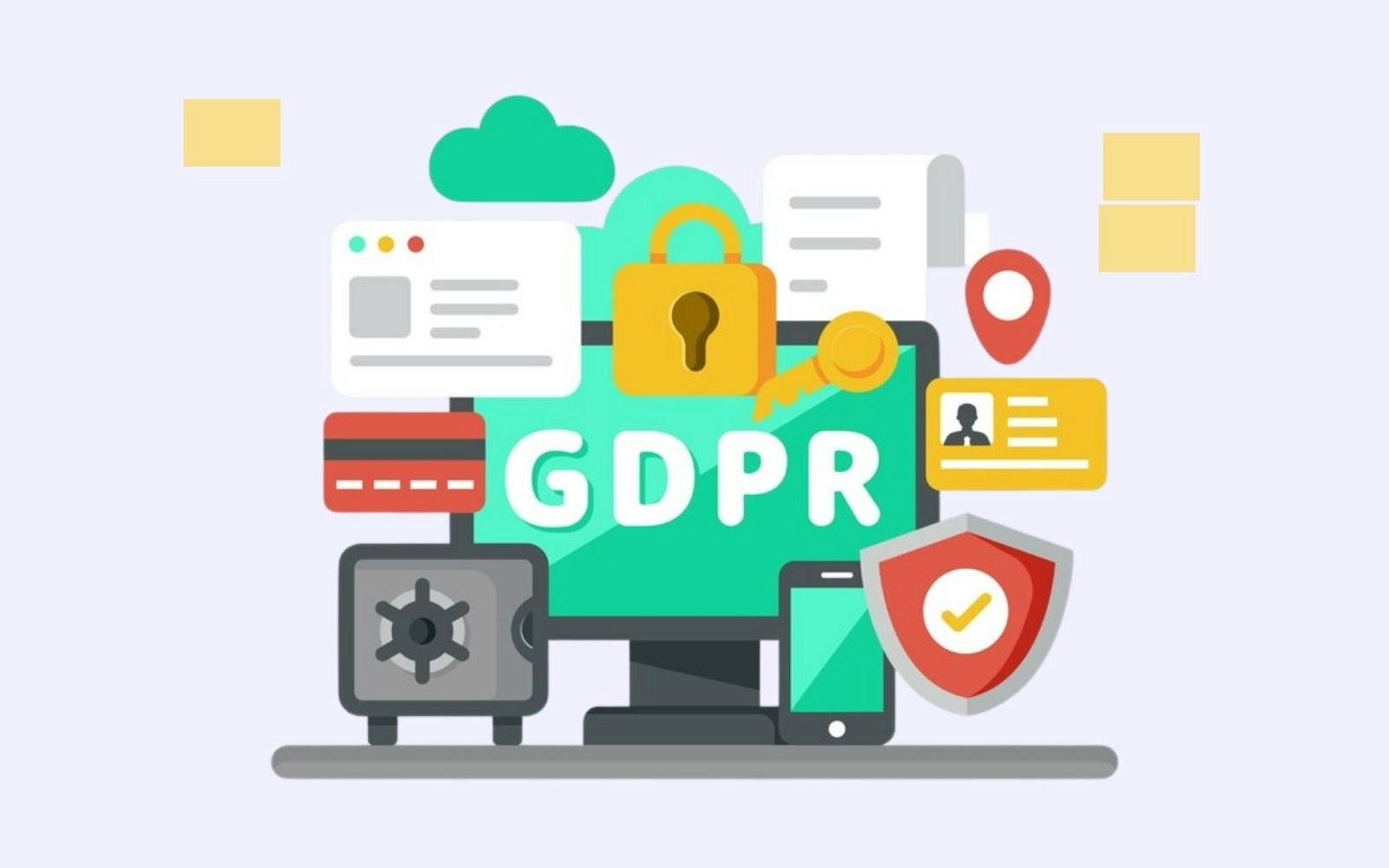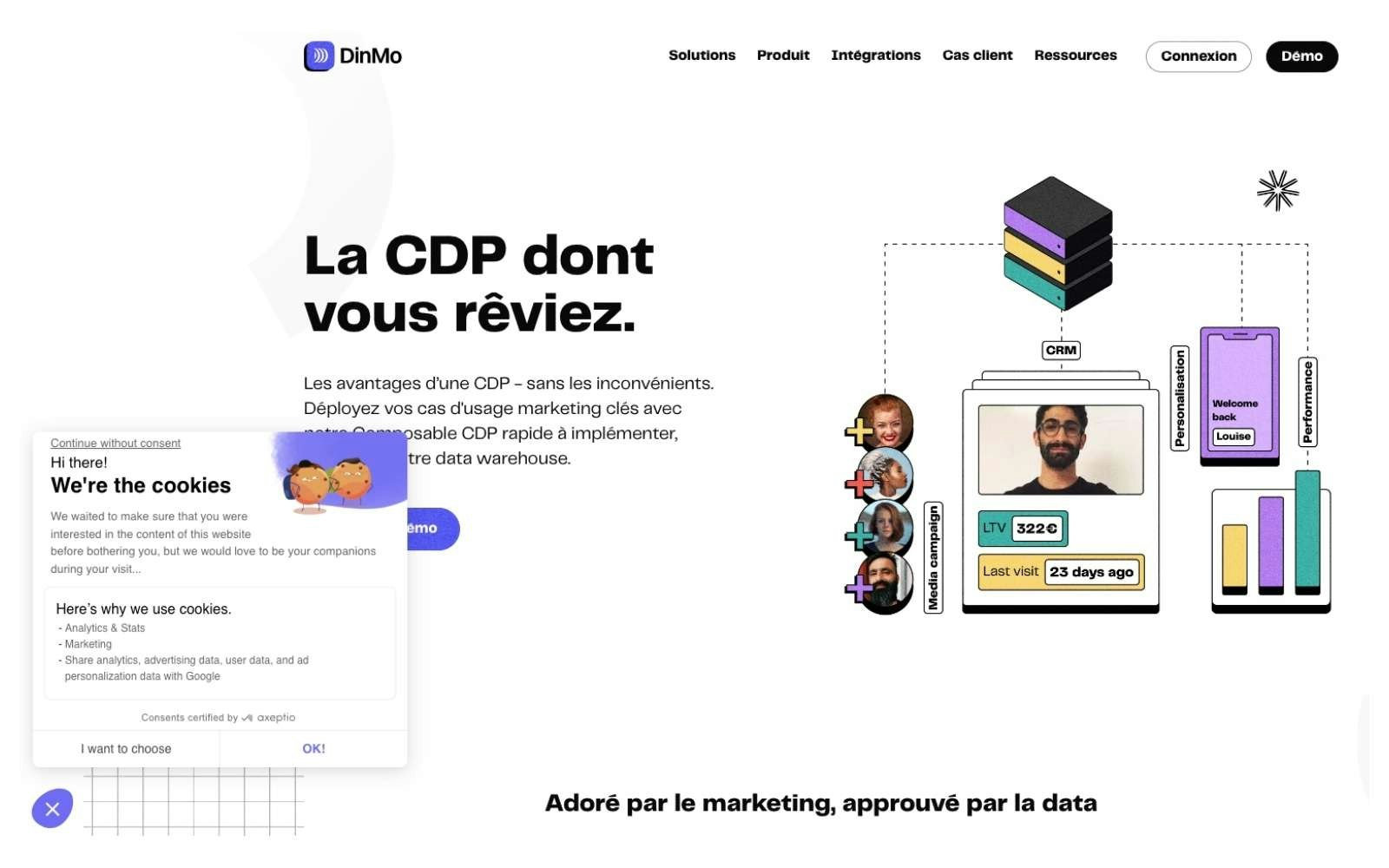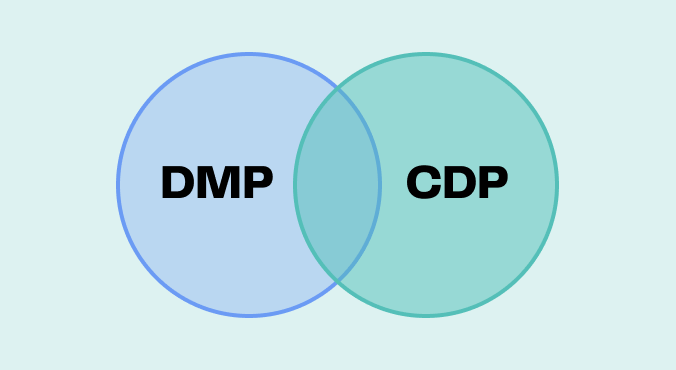
Protect and enhance your customer data under the GDPR
7min • Last updated on Apr 22, 2025

Olivier Renard
Content & SEO Manager
Everyone has heard of the GDPR. Introduced in 2018, this regulation has become a cornerstone for any organisation processing personal data within the European Union (EU).
It was incorporated into UK law under the name UK GDPR, with similar obligations for businesses. Yet many organisations still struggle to grasp its core principles.
The Information Commissioner’s Office (ICO), responsible for enforcing the UK GDPR, can impose heavy fines in cases of non-compliance. In 2024, the regulator issued 18 fines totalling £2.7 million. The most common breaches relate to consent, security, or failure to respond to user requests.
Key Takeaways:
The UK GDPR (General Data Protection Regulation) governs the collection and processing of personal data in the UK*. Enforced since 2021, it is based on the EU regulation.
It is founded on six key principles: lawfulness, purpose limitation, data minimisation, accuracy, storage limitation, and data security.
Personal data refers to any information that can identify a natural person: name, email, IP address, phone number, etc. Businesses must protect this data and uphold users' rights.
Customer data is a central concern of the GDPR. A composable Customer Data Platform (CDP) strengthens data security and facilitates regulatory compliance.
🔎 Discover the core principles of the GDPR and what they mean in practice. Learn how to manage your customer data while meeting legal obligations. 👌
GDPR: definition, principles, and obligations
What is the GDPR?
The General Data Protection Regulation (GDPR) is a European regulation that came into force on 25 May 2018. It aims to better regulate the collection, use, and storage of personal data. It has inspired similar laws worldwide, such as the CCPA in California and Law 25 in Quebec.
Following Brexit, the UK GDPR now serves as the legal framework for personal data protection in the UK. It has a dual purpose: to strengthen individual rights and to make organisations more accountable for the data they process.
It applies to any organisation, public or private, processing personal data for professional purposes. This includes businesses, associations, public bodies, local authorities, and even self-employed individuals.
The UK GDPR applies both to entities established in the United Kingdom and to those located outside the UK, as long as they interact with UK residents.
In short, any organisation that collects, stores, or uses data that can identify an individual is subject to the GDPR.

Personal data protection
The key principles
The GDPR is based on six core principles that every organisation must follow:
Lawfulness, fairness and transparency: individuals must be clearly informed, and data must only be collected if the processing is lawful.
Purpose limitation: data should only be used for the specific objectives defined at the time of collection.
Data minimisation: collect only what is strictly necessary.
Accuracy: ensure data is up to date and correct it if necessary.
Storage limitation: data should not be kept longer than necessary. Its duration is justified by the previously defined purpose.
Integrity and confidentiality: protect data from unauthorised access or leaks.
Some types of personal data are classed as sensitive (e.g. health data, political opinions, ethnic origin) and are subject to stricter rules.
Users’ rights
Under the UK GDPR, individuals whose data is being processed have a set of rights, including:
The right to access their data,
The right to rectification of inaccurate data,
The right to object to certain processing (e.g. marketing),
The right to erasure (right to be forgotten),
The right to data portability.
💡 Example: you manage an e-commerce website. A customer requests that their account be deleted.
You must remove all data that isn’t strictly necessary for legal obligations (e.g. invoicing), within a reasonable timeframe. You must also confirm the deletion to the customer and stop all marketing communications.
Obligations for businesses
Businesses, as well as associations and public authorities, are responsible for the correct handling of personal data. This means they must:
Maintain a record of processing activities (ROPA), well-documented and accessible.
Appoint a Data Protection Officer (DPO) if the volume or sensitivity of data warrants it.
Obtain clear, informed, freely given and easily revocable consent.
In digital environments, using a Consent Management Platform (CMP) is highly recommended. It manages opt-in/opt-out preferences, especially for cookies and targeted advertising.

DinMo homepage
Finally, pseudonymising or hashing data (e.g. email addresses) helps reinforce security and ensure compliance, particularly when analysing or sharing data with partners.
Impact on your customer data
Personal data at the heart of your customer strategy
Personal data refers to any piece of information that identifies a person, directly or indirectly – including names, emails, phone numbers, cookie IDs, or browsing history.
In marketing, this data is key to understanding customer needs and expectations. It fuels segmentation, lead scoring, and campaign tools.
First-party data, collected directly with the user’s consent (e.g. forms, browsing behaviour), plays a central role. It’s reliable, compliant and critical, especially as third-party cookies are being phased out.
The risks of misusing data
Failing to comply with GDPR can be costly: not just in fines, but in lost trust and reputation.
⚠️ A promotional email sent without consent, an unencrypted client file shared externally, or ignoring a deletion request – all constitute non-compliance. These can trigger complaints, ICO penalties, or even public backlash.
GDPR compliance is also a marketing advantage
Compliance is not just a regulatory burden. It's also a strategic opportunity.
With a healthy, compliant database, you improve the accuracy of your segmentation. Your messaging becomes more relevant, your analysis more reliable, and your campaigns more effective.
Transparency around data usage is also a key factor in building trust. It strengthens loyalty to your brand. An informed and reassured customer is more likely to share their information.
GDPR and Customer Data Platforms
CDP fundamentals: centralisation, unification, activation
A Customer Data Platform (CDP) consolidates customer data from multiple sources – websites, CRMs, in-store transactions, social media, etc. It creates a unified customer profile, linking all interactions to a single ID.
This 360° view is essential for tracking consent and data history.
CDPs allow data to be activated in your marketing tools – in full compliance with the GDPR. For instance, only users who have opted in can be included in campaigns.
Composable CDP vs traditional CDP: a GDPR asset
Unlike a traditional CDP, which stores data in its own environment, a composable CDP reads directly from your data warehouse.
This avoids data duplication, reduces security risks, and helps apply the data minimisation principle more effectively.
Another benefit: its modular architecture offers seamless integration with your internal tools while keeping full control on your side.
It also respects the ‘privacy by design’ principle: data never leaves its secure environment.

DinMo architecture
Activate your data while staying compliant
💡 Example: you run an e-commerce site and want to launch an email campaign based on recently viewed products.
Thanks to your CDP, you can automatically exclude users who haven't given marketing consent. Segmentation is based on both browsing activity AND consent preferences, stored securely in your data warehouse.
The outcome: a targeted, GDPR-compliant activation.
The DinMo CDP: a composable architecture designed for compliance
👉 DinMo connects directly to your data warehouse to activate data securely. Fully compliant by design, it avoids duplication and respects your governance rules.
Consent status tracking is built in, making it easier to ensure UK GDPR compliance – without technical complexity.
How to become GDPR compliant?
Best practices for businesses
Complying with the UK GDPR doesn’t mean changing everything overnight. It’s about concrete, progressive steps:
Map your data processing activities
Identify what data you collect, its source, purpose, and who it concerns. This mapping helps visualise risks and prioritise actions.
Verify the legal basis for each processing activity
Each use must have a clear legal basis: consent, legitimate interest, contract, legal obligation, etc. Example: for email marketing, explicit opt-in consent is required.
Organise user rights management
Set up procedures to handle requests for deletion, access, and modification. You must be able to prove you uphold these rights.
Tools and useful resources
Many resources can help you:
The ICO offers practical guides and assessment tools. Industry associations also publish sector-specific best practices.
The Record of Processing Activities (ROPA) is a key document. You can manage it using basic templates (Excel, Notion…) or specialised tools.
Integrating GDPR into your business tools boosts efficiency. Many CRMs and marketing platforms allow you to automate consent management and data deletion.
Conclusion
Both the EU GDPR and its UK version should not be seen solely as regulatory constraints. They’re an opportunity to build a strong data strategy, rooted in transparency, security, and user respect.
With the right practices and tools in place, businesses can collect, segment and activate customer data responsibly.
👉 Discover how DinMo enables compliant data activation through a composable architecture, designed for marketing and data teams alike.
*Source: ICO
















